
About This Quiz
So you fancy yourself as a flyboy, right? A real ace! Well, if you love World War II aviation, you have certainly come to the right place.
From 1939 to 1945, controlling the skies was an important part in the push for victory against both Germany and Japan. Initially, it was the Germans who were untouchable in Europe. Their air force, the Luftwaffe, had pilots that had gained combat experience flying for the forces of General Franco during the Spanish Civil War. And they put that experience to good use in the early part of the war, by helping to steamroll through much of Europe together with other Germany military branches.
Japan, too, had early successes, particularly with their surprise attack on Pearl Harbor, but as the war went on, the Allies got the upper hand through their training, brilliant machinery and strength of numbers, eventually reducing both the Japanese and German air forces' to ruins.
Many aircraft played an important role in the conflict, including fighters, bombers, transport aircraft and even those carrying out reconnaissance duties. The question is, would you be able to identify them?
Let's test your aviation knowledge then, flyboy! Here you will find a range of aircraft from many different countries to identify. Let's see how you fare.
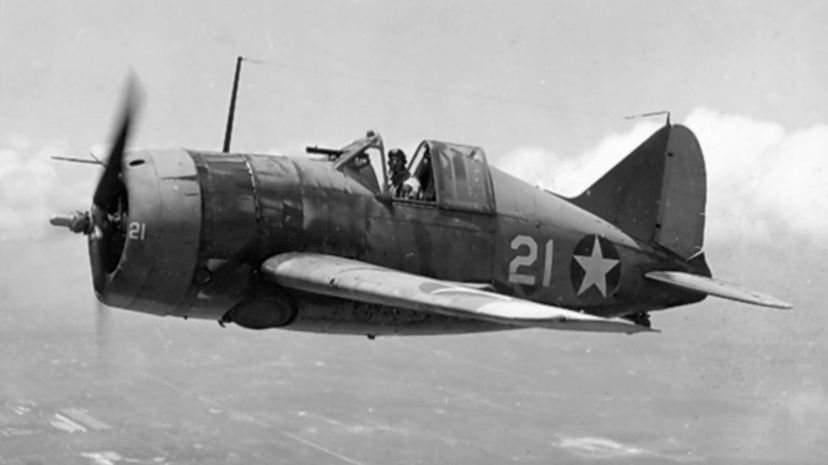
The Buffalo, a fighter manufactured by Brewster, first entered service in 1937. It was one of the first aircraft to include an arrestor hook for operations from aircraft carriers. It was largely outclassed by Japanese fighters in the Pacific theater but did feature for much of the war in various Allied air forces.
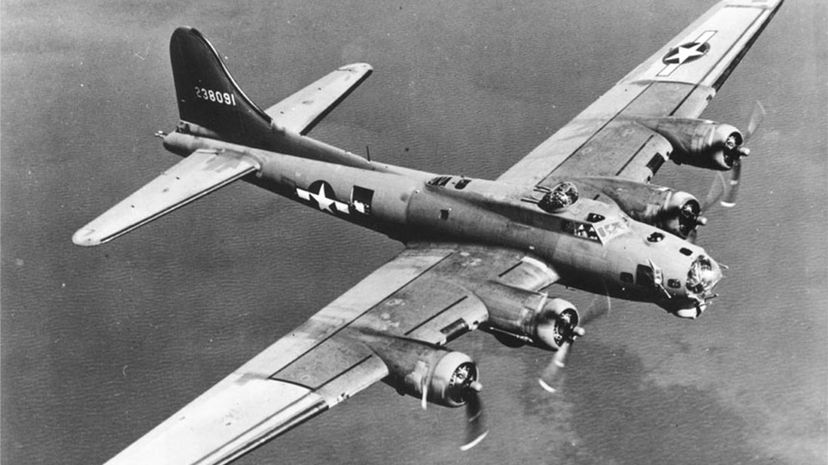
The B-17 Flying Fortress is one of the most famous aircraft of World War II. Designed as a bomber, it was primarily used in the West, flying daylight missions against Nazi Germany. The B17 could hold 9,600 pounds of bombs and had 11 to 13 machine guns as defensive armament. It first flew in 1935 and entered service in 1938.
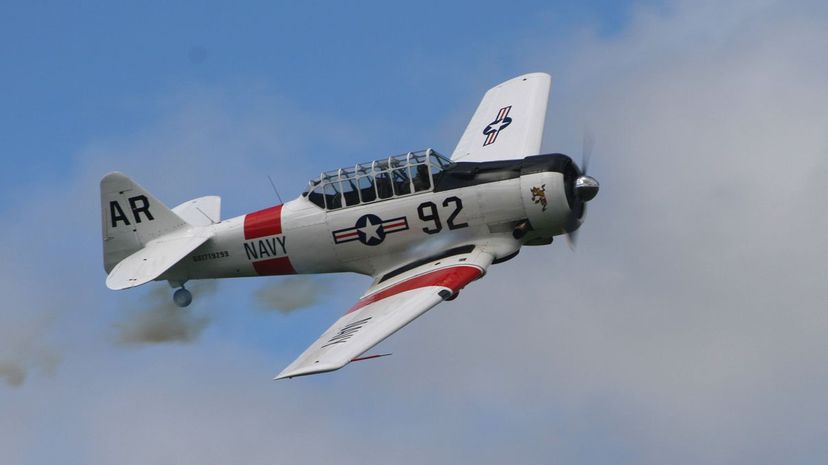
Perhaps one of the most famous training aircraft ever produced, the North American T-6 Texan first flew in 1935. Many American pilots from World War II would have trained on this classic aircraft. Incredibly it was still in service with the South African Air Force up until 1995.
Advertisement
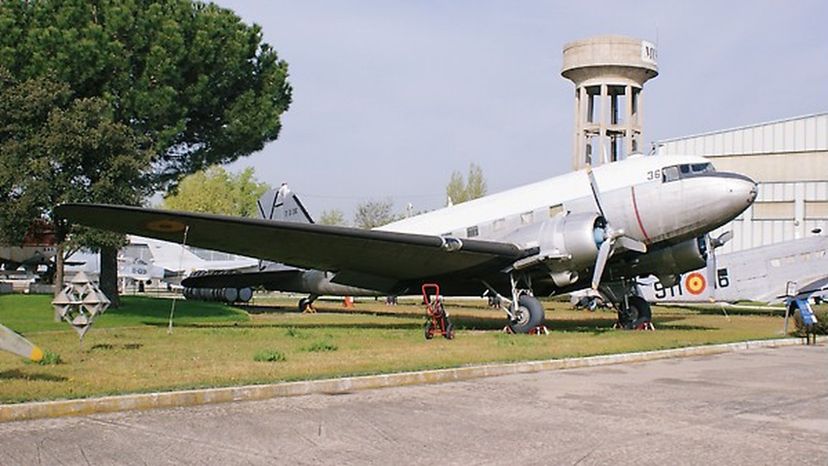
The Douglas DC-3 Dakota is nothing short of a legend. It first flew in 1936 and has been used in many guises, from an airliner to cargo aircraft, and even during the Second World War as a troop transport, cargo carrier, glider tow aircraft or to carry paratroopers. The DC3 is affectionately known as the "Gooney Bird."
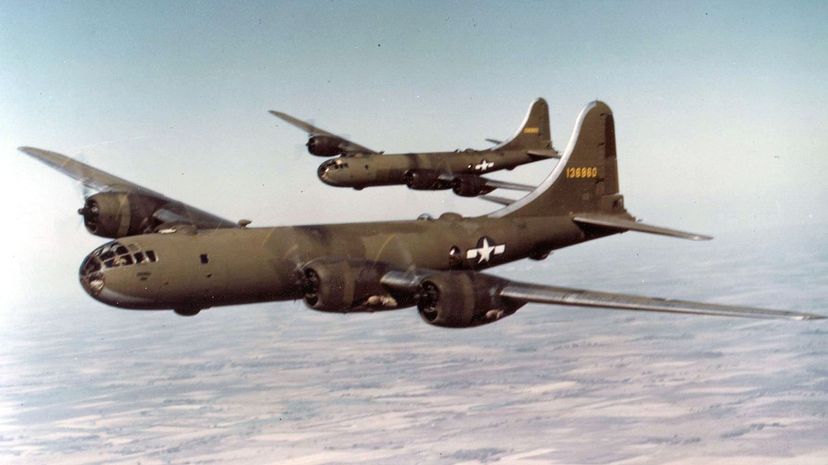
America's heaviest bomber during World War II the B-29 dropped the two atomic bombs on Japan that helped end the war. A flying example exists today in the form of a B-29 by the name of 'Doc'. Interestingly, the B-29 design and production cost around $3 billion, making it one of the most expensive projects of the war.
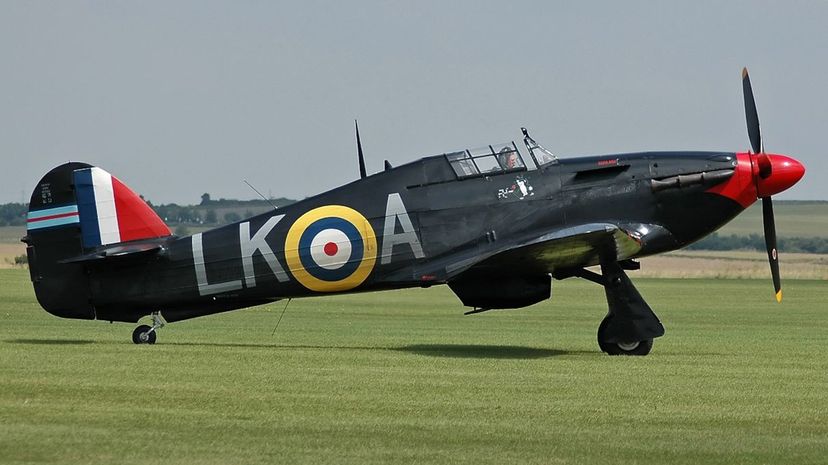
Together with the Supermarine Spitfire, the Hawker Hurricane saw off the German Luftwaffe during World War II, most notably during the Battle of Britain. Failure to do so would have seen Germany hold air superiority which would have let Hitler invade the island nation. Although not as famous as the Spitfire, the Hurricane was an excellent fighter.
Advertisement
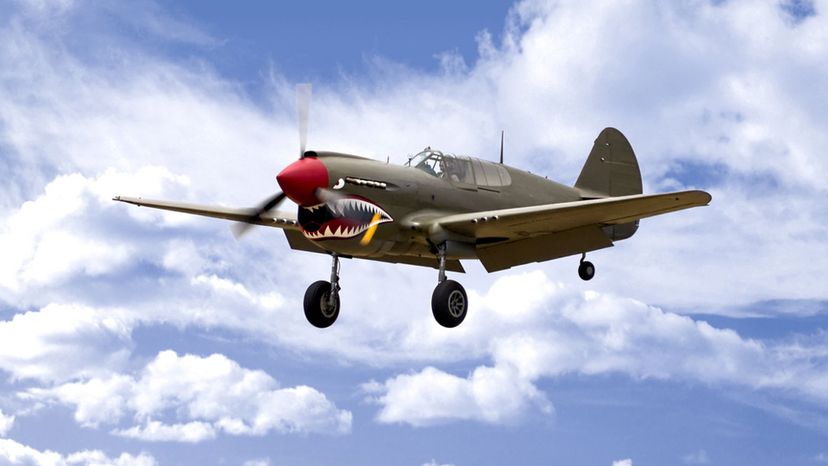
Not necessarily the most glamorous fighter ever produced by the United States during World War II, the Curtiss P-40 Warhawk certainly served a purpose. It was a capable dogfighter that was easy to build and helped to ensure that the United States Air Force was significantly armed during the early days of the war. Almost 12,000 of the P-40 were built up until 1944.
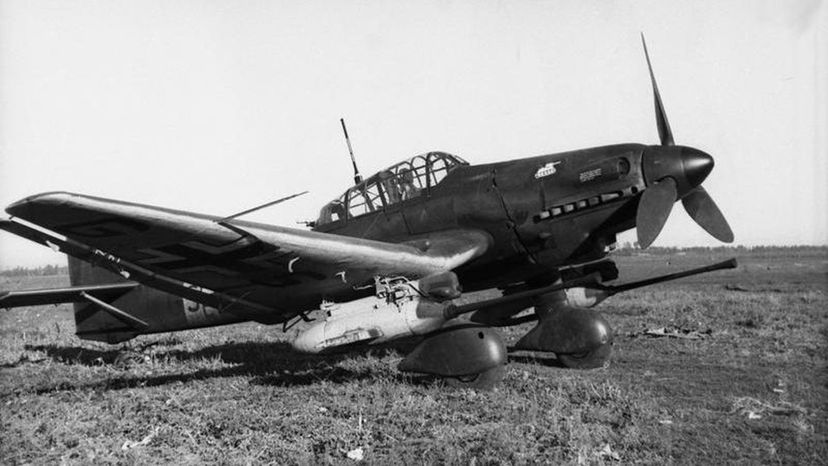
At the start of the Second World War, the Junkers Ju 87 Stuka was one of the most feared aircraft available to the German Air Force. This ground attack plane used dive bombing techniques to great effect. It was feared as it also employed wind driven sirens that would wail on each attack, causing panic for both civilians and enemy soldiers.
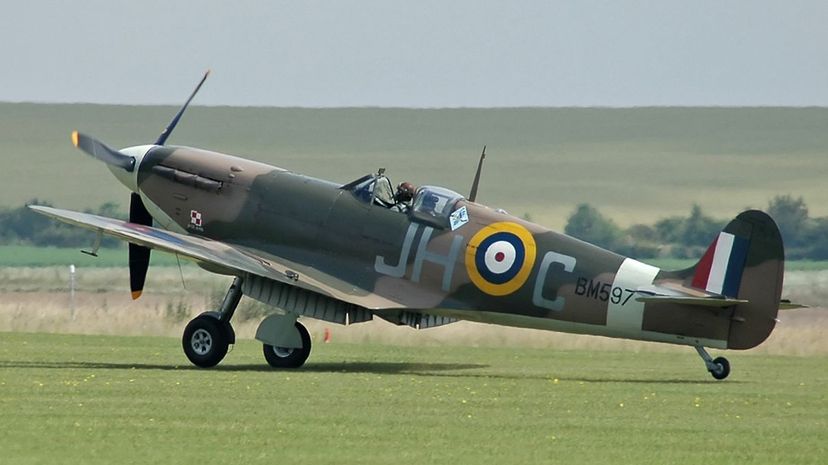
The Supermarine Spitfire is one of the most famous aircraft ever built. It first flew in 1936 and played a major part in defending Great Britain against the Luftwaffe, Hitler's air force, during the Second World War. It was produced throughout the war with over 20,000 built.
Advertisement
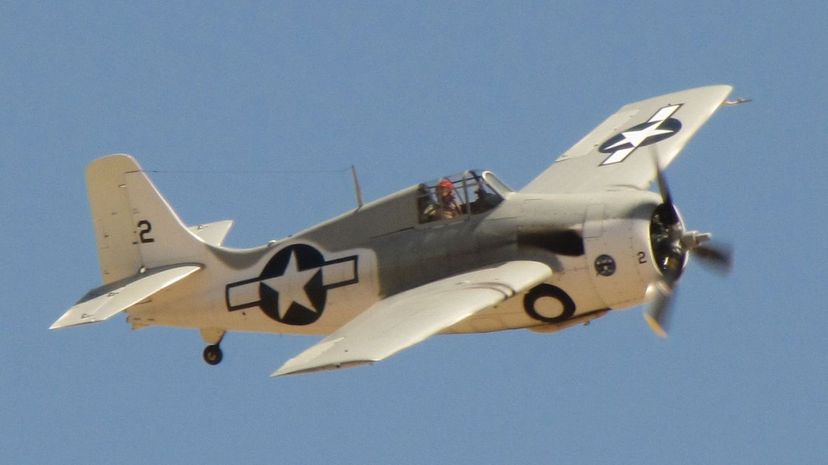
The Grumman F4F Wildcat was one of the major carrier-based fighters of the U.S. Navy during World War II. The Wildcat saw action throughout the Pacific, playing a pivotal role in defending the U.S. fleet from Japanese attack. Although the Japanese Mitsubishi Zero was quicker and more maneuverable, the Wildcat was extremely tough.
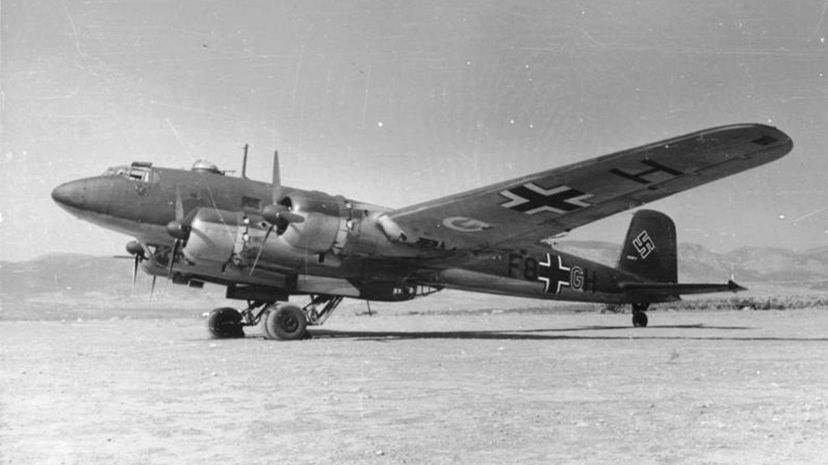
Initially developed as an aircraft for long-range trips, the Focke-Wulf F200 Condor was used extensively by the Luftwaffe during World War II as a maritime patrol aircraft and anti-ship bomber. It was first introduced in 1937. The Condor could stay airborne for up to 14 hours at a time.
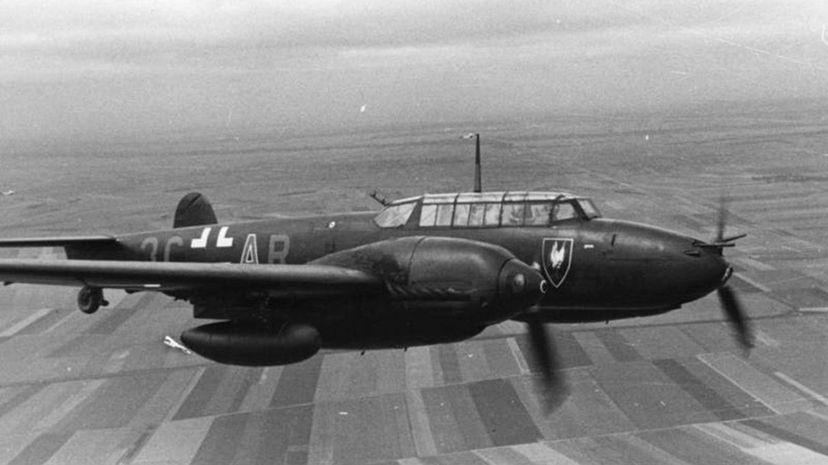
This two-seat, two-engined fighter performed poorly for the Luftwaffe during the Battle of Britain where it was no match for the Hawker Hurricane and Supermarine Spitfire. in fact, the Messerschmitt Me-110 often needed its own fighter escort, despite the fact that it was a fighter.
Advertisement
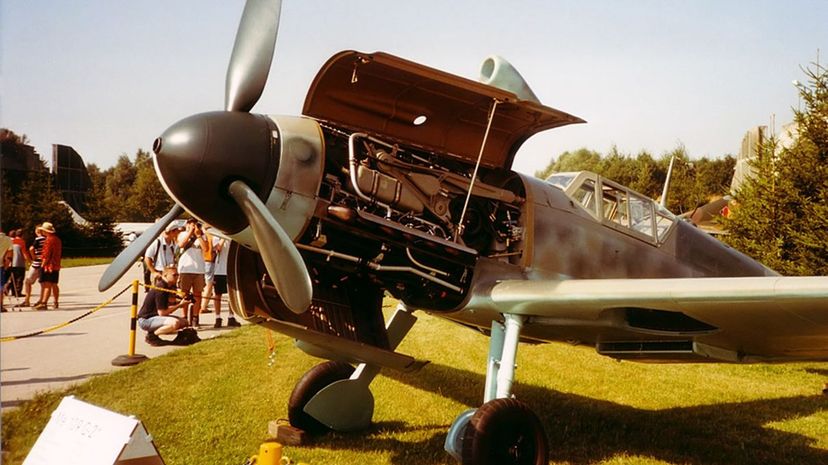
The Messerschmitt Me-109 was the primary fighter in service with the German Air Force at the outbreak of World War II. First introduced in 1937, the aircraft had proved itself extremely capable during the Spanish Civil War where it was flown by German pilots helping Franco. In combat over Britain, however, it met its match in the Supermarine Spitfire.
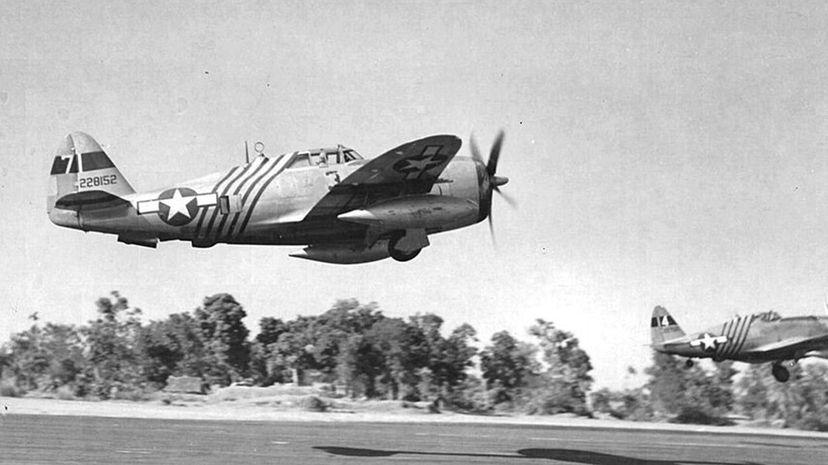
Like the Mustang, the P-47 Thunderbolt was capable of escorting American bombers all the way to Germany. It was a formidable aircraft and could take plenty of damage. It was affectionately known as the 'Jug' thanks to its massive size.
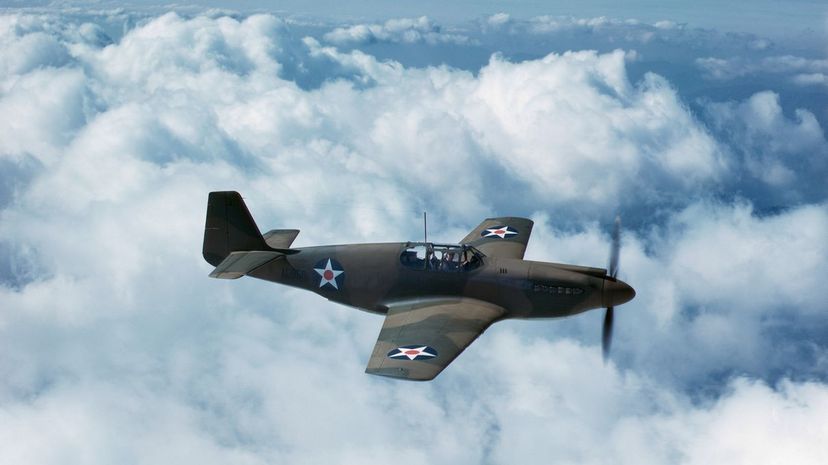
The P-51 Mustang certainly needs no introduction. This was the aircraft that could reach Berlin and therefore escort US bombers on daylight raids over Germany. This fighter's part in the Allied victory over German should never be underestimated. Today, a handful of surviving Mustangs still thrill crowds at airshows around the world.
Advertisement
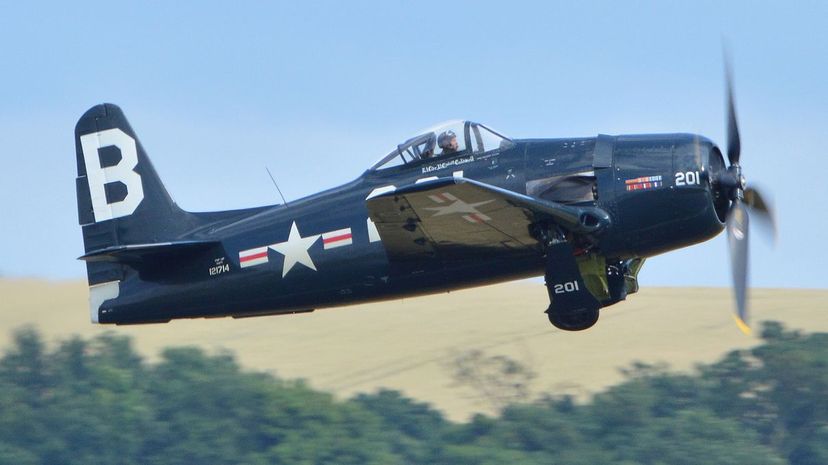
Designed as a carrier-based fighter and entering service in mid-1945, the Grumman F8F Bearcat saw no action during World War II. The war came to an end before it could be deployed in any large numbers. That said, the Bearcat was a brilliant carrier-based fighter with an impressive performance.
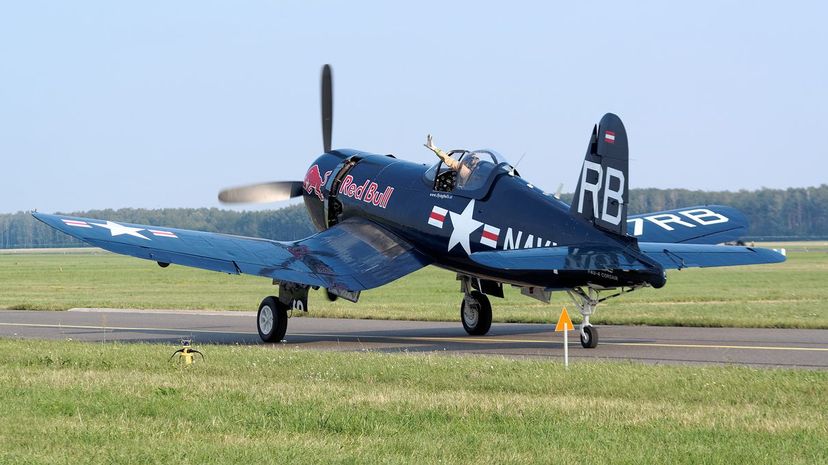
The Vought Corsair was such an excellent aircraft that over 13,000 were manufactured between 1942 and 1953. In fact, this is the longest production run of any American aircraft ever. The Corsair served in the US Navy in the Pacific and proved to be an excellent fighter. It could perform other roles as well including a fighter-bomber.
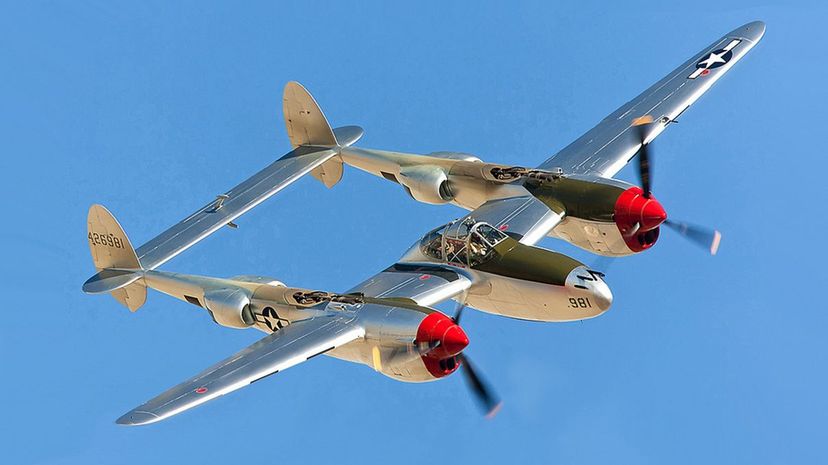
Nicknamed "The Fork-Tailed Devil" by the German pilots who faced them, the Lockheed P-38 Lightning was a twin-engined aircraft that performed a number of roles. These included bomber escort, interception, level bombing, and dive bombing, as well as photo reconnaissance. The Lightning was exceptionally fast and maneuverable.
Advertisement
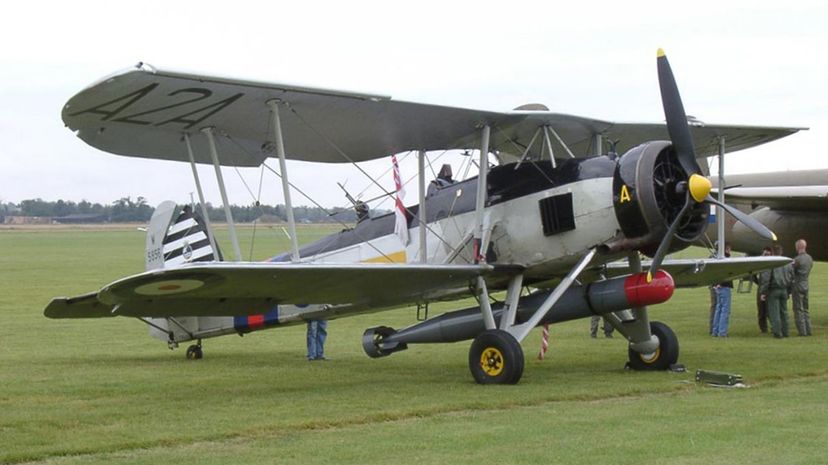
The Fairey Swordfish was a biplane torpedo bomber that first entered service in 1936 with the Royal Navy and Royal Air Force. It has the distinction of helping to sink the German battleship, the Bismarck during World War II. It served in many theatres during World War II.
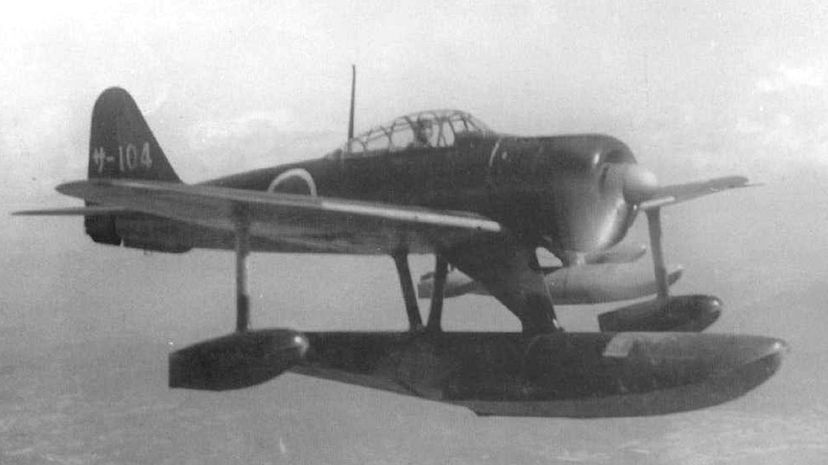
This essentially was an A6M Zero with a float attached. It was used in the Pacific theater and, while a threat to small U.S. Navy patrol boats, was not much of a match for its fighters. In fact, the float meant that the aircraft lost as much as 20% of its performance.
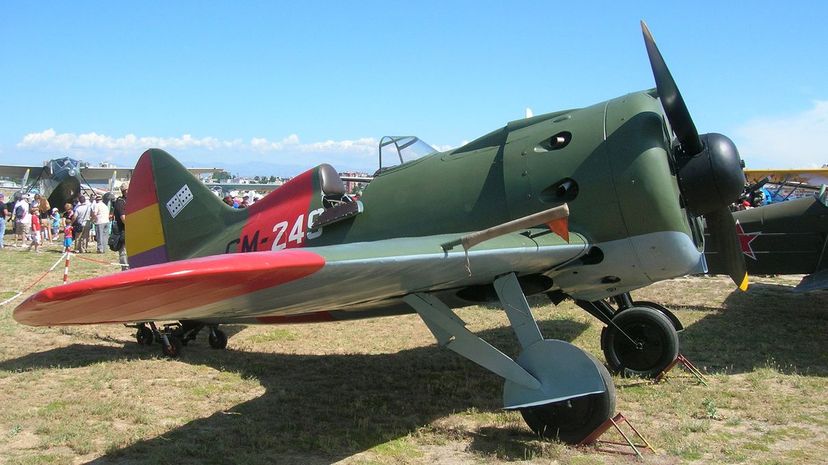
This short stubby Russian fighter first entered service in 1934. By the start of World War II, the Polikarpov i-16 was no match for more advanced German fighter aircraft and was quickly replaced on the frontline by more modern Russian aircraft. It was fondly nicknamed 'Donkey' by its pilots.
Advertisement
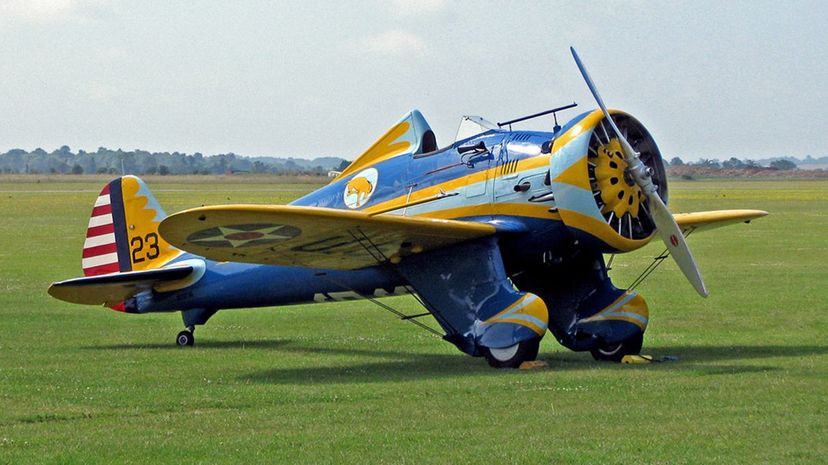
The first all-metal fighter produced by the United States, the Boeing P-26 Peashooter first flew in 1932. Chinese-built Peashooters saw action against the Japanese before the outbreak of World War II, while the Peashooter also served in the Pacific with the Philippine Army Air Force.
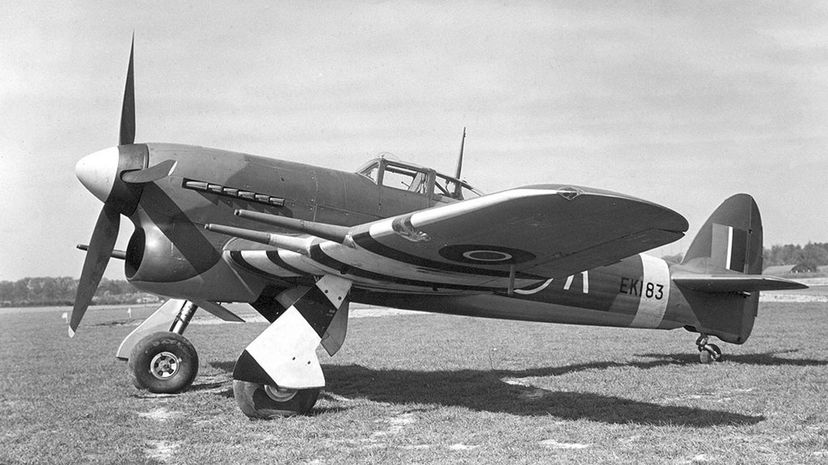
The Hawker Typhoon was originally intended to replace the Hawker Hurricane as a frontline fighter. It was outclassed by many German aircraft, however. It soon found its niche and became an excellent ground attack aircraft with the ability to carry rockets and bombs as part of its payload.
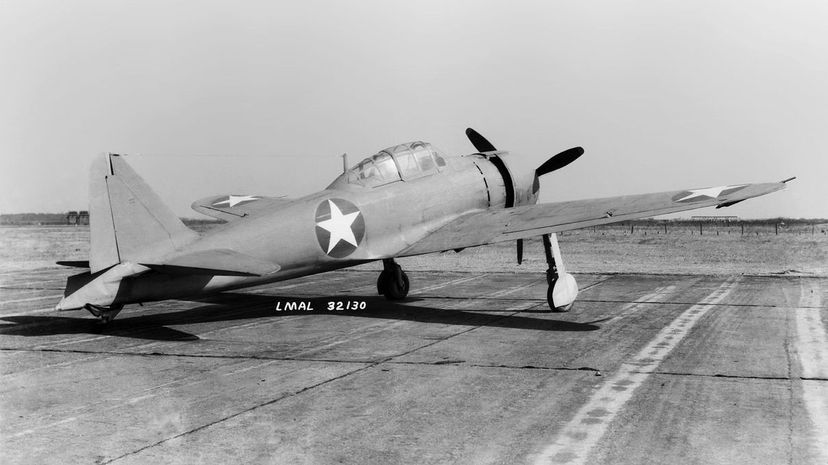
The most famous Japanese fighter of World War II, the Mitsubishi A6M Zero was carrier-based, had an incredible range, and was extremely maneuverable. It was far superior to early American aircraft in the Pacific theater, and at one stage had a kill ratio of 12 to 1.
Advertisement
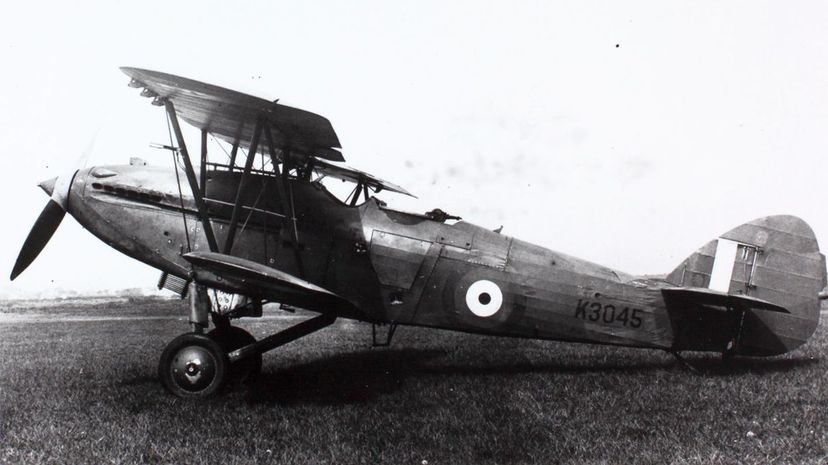
A two-seater biplane bomber, the Hawker Hart served with Royal Air Force from 1930 but was obsolete by the outbreak of World War II. The Royal Air Force used it in a training role for the first four years of the conflict before it was taken off active service in 1943.
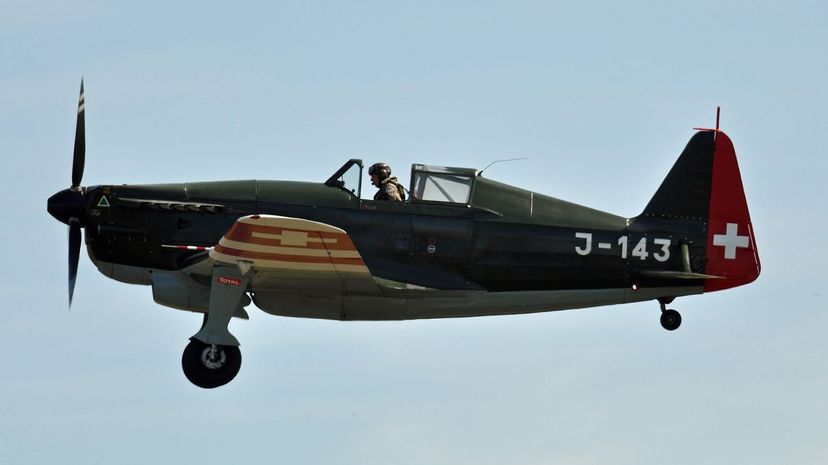
When World War II started, the Morane-Saulnier M.S.406 was the main fighter of the French Air Force. It was very maneuverable, but unfortunately, it was underpowered and lacked firepower, leading it to be easily outperformed by German fighters. Over 250 were lost during the Battle of France.
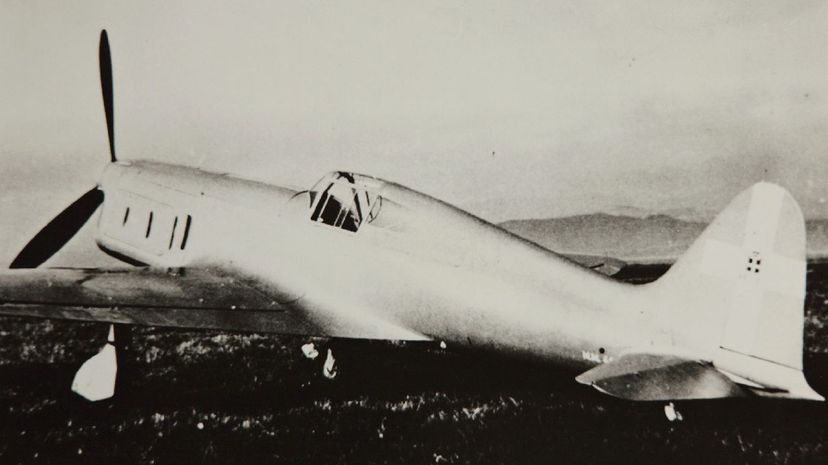
Made entirely of wood, the Ambrosini SAI.207 was an Italian fighter aircraft which came into operation in 1941. Only 14 were ever built, although the aircraft did see action against the Allies. It never managed to claim a victory.
Advertisement

The Bell P-63 Kingcobra proved to be a slight improvement on its predecessor, the P-39 Airacobra. Much like the Airacobra, the Soviets used 72% of the models built in their fight against Germany and Japan.
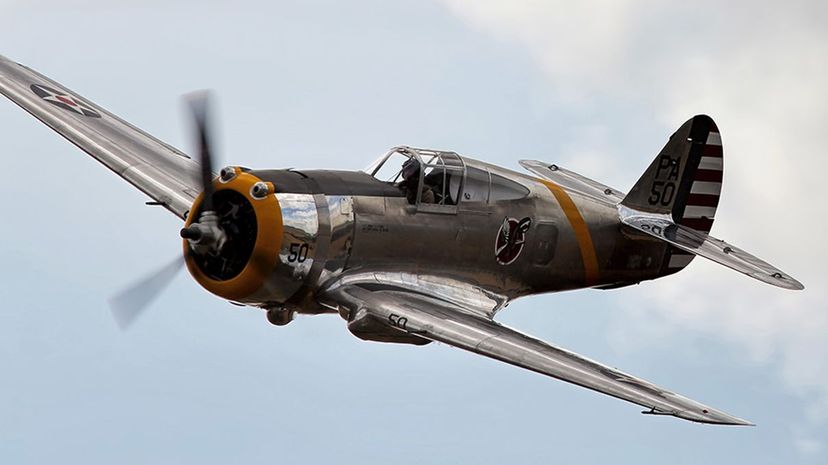
Designed in the mid-1930s, the Curtiss P-36 Hawk was one of the first monoplane fighters used by the U.S. Much of the combat seen by these models were in the hands of French pilots during the Battle of France. Many were captured after the fall of France and sent to Finland, where they were used against the Russian Air Force.

Along with the Messerschmitt Me 109, the Focke-Wulf Fw 190 made up the bulk of the German Air Force fighter strength during World War II. When it first came on the scene it was superior to the Supermarine Spitfire Mk V, much to the astonishment of the British pilots. The Fw 190 was continually upgraded during the war.
Advertisement
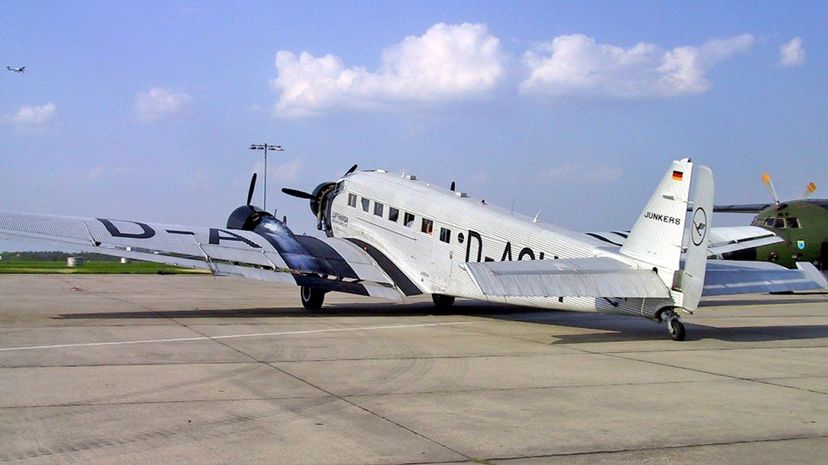
The Junkers Ju-52 entered service in 1931. This tri-motor aircraft was initially a passenger aircraft but saw service in World War II as a paratroop and regular transport machine. A few examples still remain airworthy today.
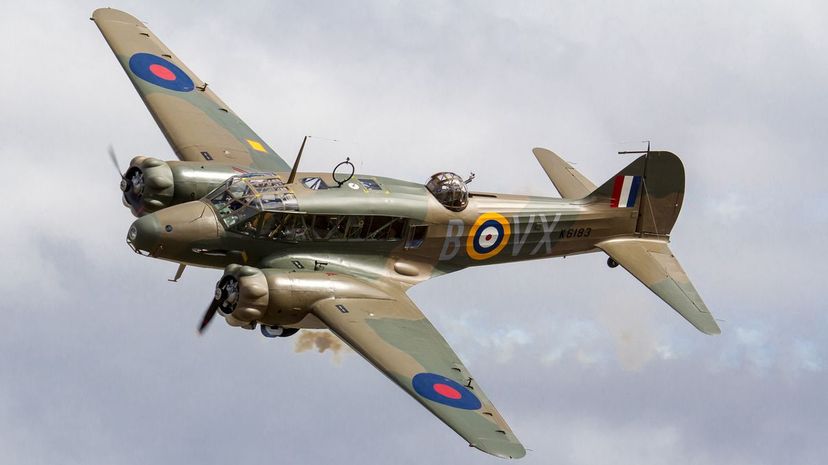
The Avro Anson entered service in 1936 and performed a number of roles in the Royal Airforce including as a light bomber, trainer, maritime reconnaissance and transport aircraft. It was largely obsolete by the time World War II started but still was used in certain theaters.
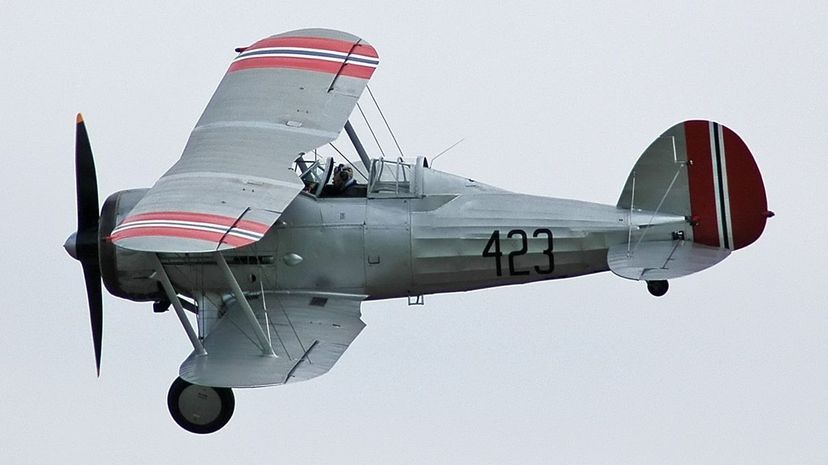
One of the last biplane fighters in the Royal Air Force, the Gloster Gladiator was obsolete by the outbreak of World War II although it had served as a frontline fighter from around 1935 onward. The Gladiator was no match for more modern planes yet helped defend the island of Malta from the Italians.
Advertisement
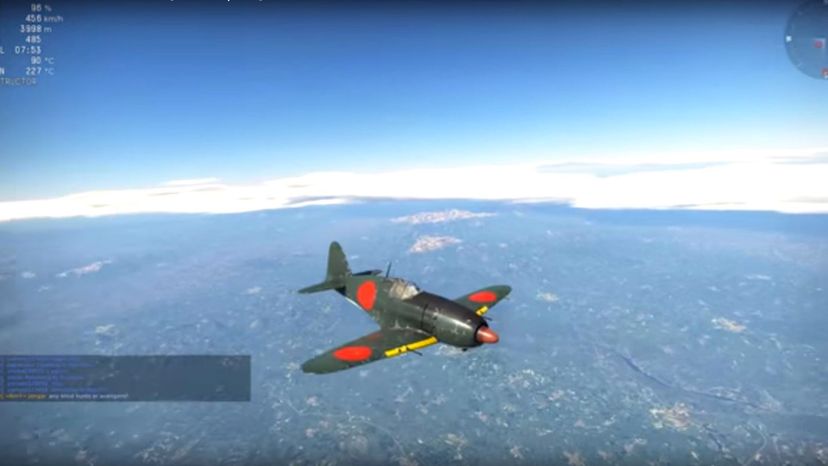
Designed by Jiro Horikoshi, who created the legendary A6M Zero, the J2M was designed to be a high-altitude interceptor. It saw action throughout the Pacific but was often dogged by mechanical problems. Later in the war, it was used in its intended role but performed poorly against the high-flying B-29 Superfortress bombers of the U.S. Air Force.
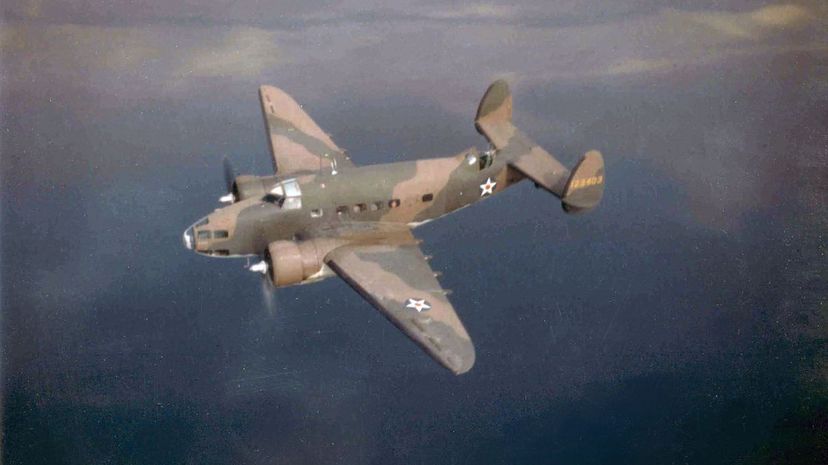
The Hudson from Lockheed entered service in 1939 as both a light bomber as well as a coastal maritime patrol aircraft. Interestingly, it was commissioned for the Royal Air Force and was used by a number of Commonwealth countries, even after World War II. It did service with US forces as well.
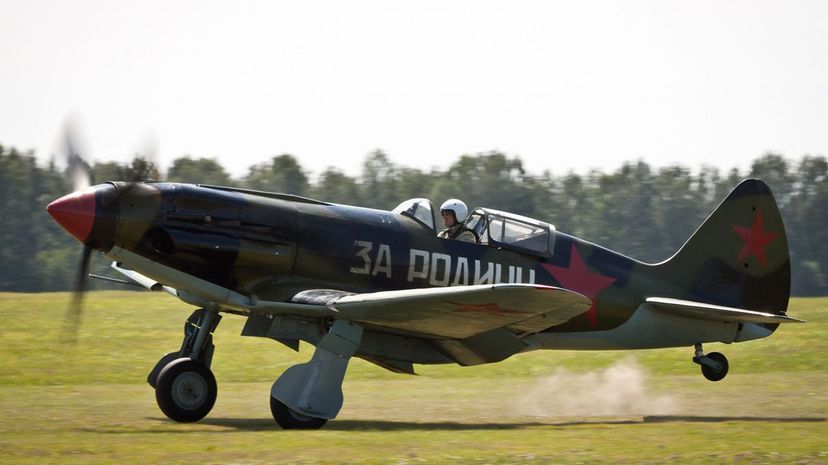
One of the main fighters of the Soviet Union during World War II, the Mig-3 was inferior to German fighters at the time. Over 3,400 were built and there are currently three flying examples left today.
Advertisement
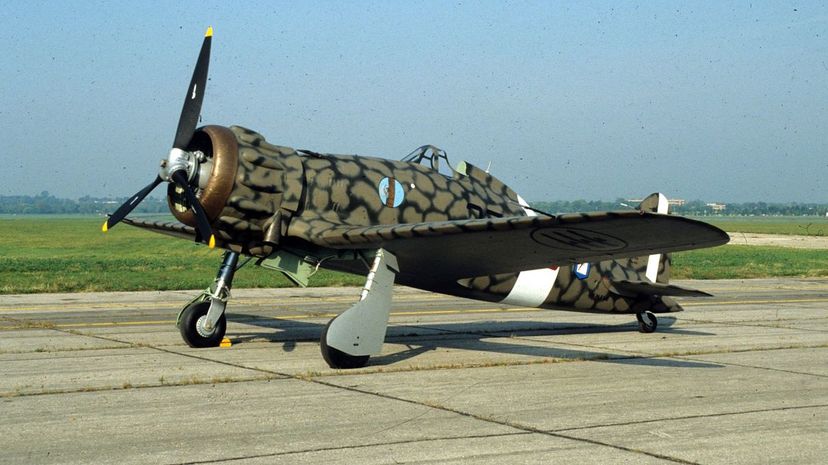
The "Saetta" or "Arrow" performed in many theaters during World War II but most notably in North Africa and the Mediterranean. It was a capable fighter until the midpoint of the war, where new Allied aircraft were far better in terms of performance.
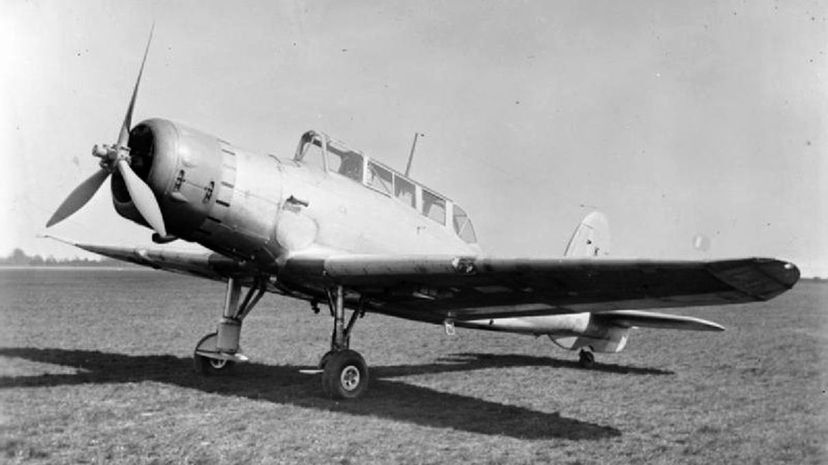
The Blackburn Skua was a two-seater fighter/dive bomber that saw service with the British Fleet Air Arm after entering service in 1938. Named after a seabird, it formed part of frontline operations during the early stages of World War II. After the Skua was outclassed against more nimble fighters, it was withdrawn from service in 1941.
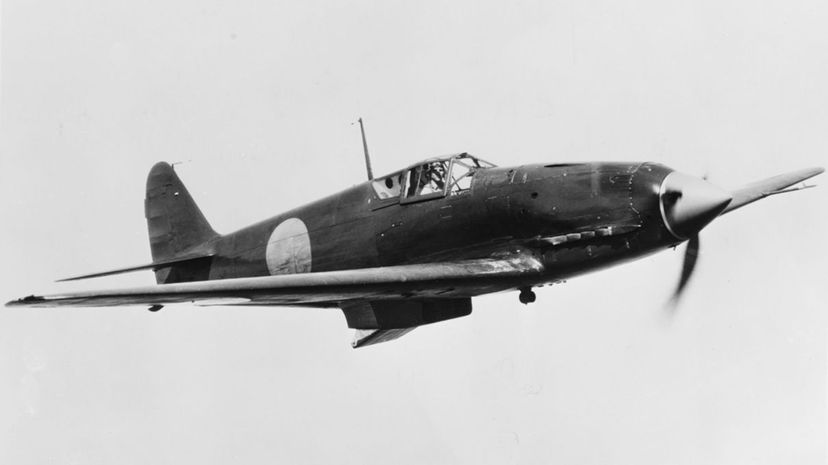
The Kawasaki Ki-61 "Tony" was a fighter/interceptor serving in the Japanese Air Force during World War II. Unlike many Japanese fighters at the time, the Tony could reach American B-29 Superfortress bombers at their operational height and engage them.
Advertisement
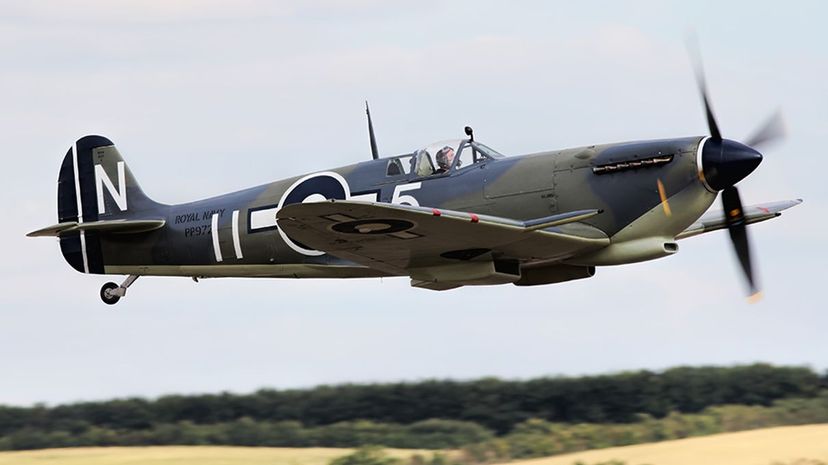
The Supermarine Seafire was a carrier-based version of the Spitfire, arguably one of the most famous aircraft designs in aviation history. The first few Seafires were converted Spitfires but eventually, the aircraft was modified for carrier-based operations.